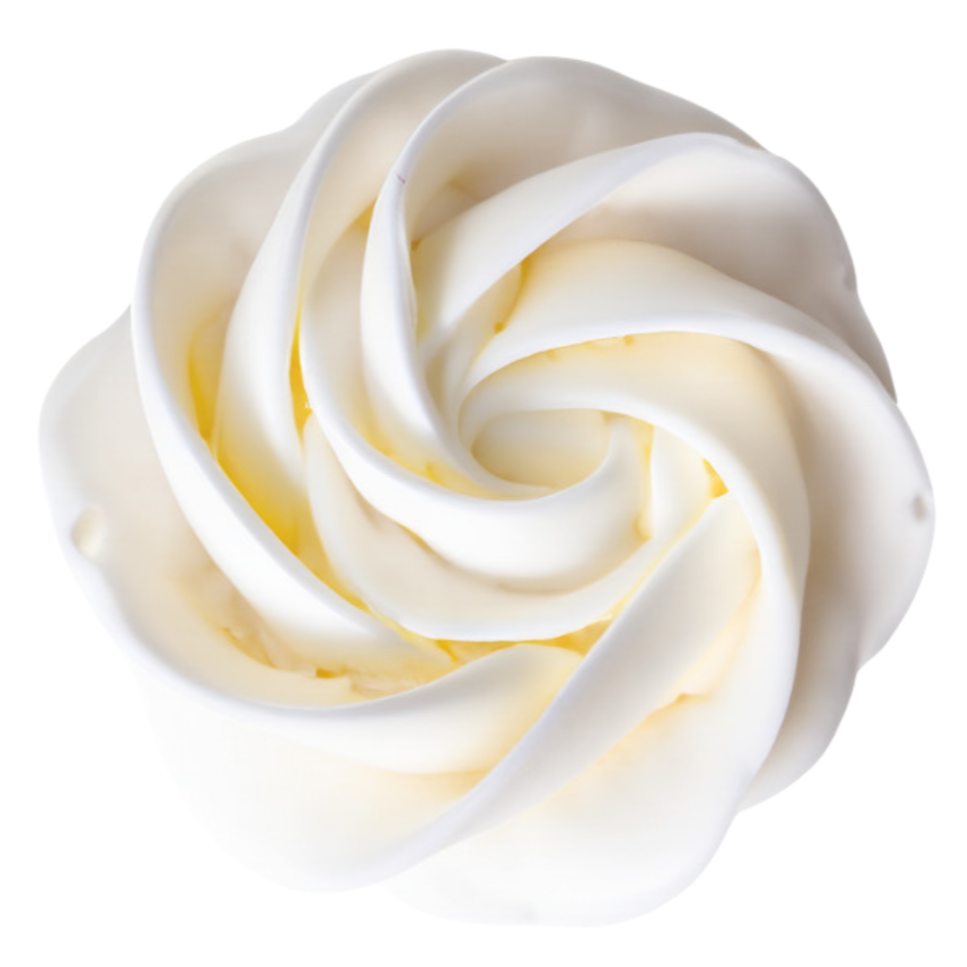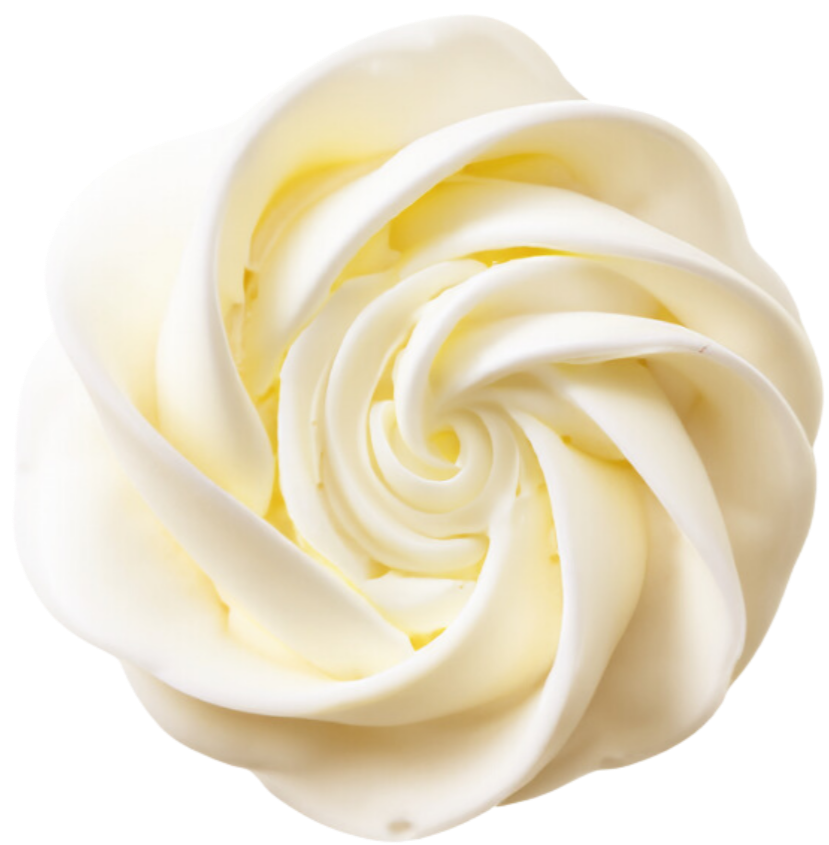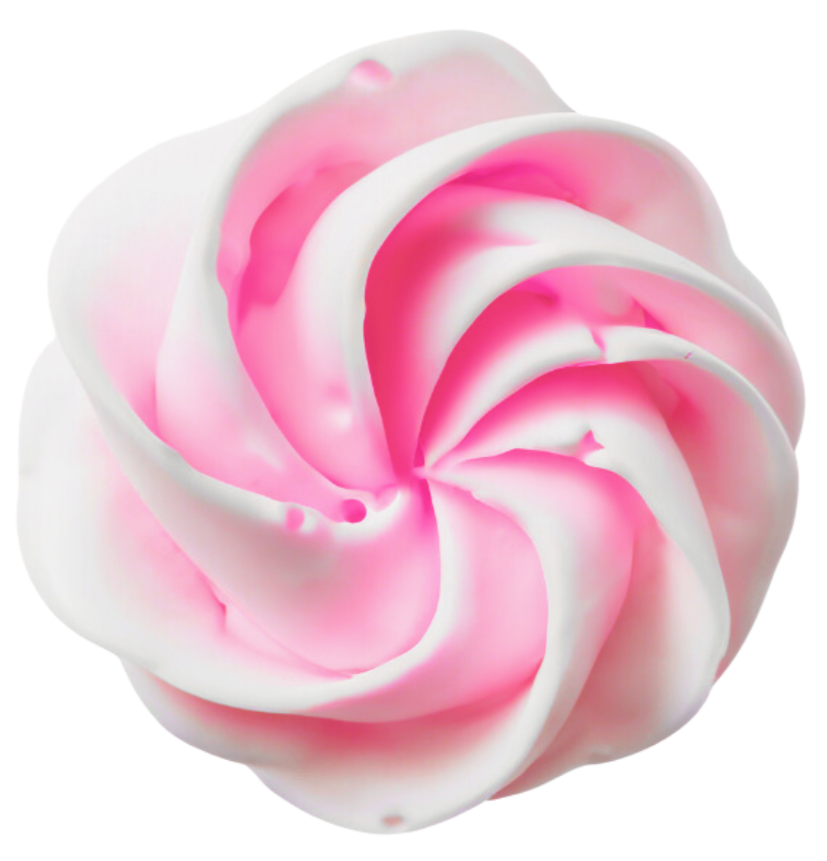Paw butter is not only great to have around, it's super easy to make! It makes a great gift to clients too! I once made a couple hundred tiny sample paw butters to give away at a local event my boss had a booth at. They were a hoot! You can get cheap tins bulk for a decent price on Amazon, plus any other ingredients there too (not an ad, just an addict). Order or Print some labels with your business info and you've got a cheap and appealing marketing that people will actually keep and use!
A few things to note: Start with a small batch and let set overnight before changing recipe or making a huge batch! To make butter softer, add a higher oil ratio, to make it harder, add a higher wax ratio. Keep it simple! Dogs like to lick anything off their nose and feet, so avoid adding essential oils. You can use substitutions like coconut oil, but it is one of those oils that a lot of people and dogs can be allergic to.
Jojoba Paw Butter Rec Ingredients:
- 1 tablespoons Beeswax Pellets
- 4 tablespoons Jojoba oil or Olive Oil
Instructions:
1. **Gathering the Ingredients:** Combine Beeswax Pellets and Jojoba oil in a heat-resistant bowl or double boiler. You can also microwave them in a glass dish, I won't judge. If doing a large batch, opt for the double broiler method.
2. **Melting the Ingredients:** Melt the Beeswax Pellets and Jojoba oil together using a double boiler or short intervals in the microwave, stirring frequently until fully melted.
3. **Cooling and Storage:** Allow the mixture to cool slightly while maintaining a liquid state. Pour it into clean, airtight containers suitable for storage. I like metal tins since not all plastics are equal and some can leach chemicals or warp under heat.
4. **Solidifying:** Leave the containers uncovered until the mixture solidifies at room temperature. Once solid, seal the jars tightly with lids.
Benefits of Using Jojoba Oil:
**Jojoba Oil:** Known for its similarity to natural oils in a dog's skin, Jojoba oil helps moisturize and protect paw pads without clogging pores. It's rich in vitamin E and B-complex vitamins, promoting healthy skin and nourishment.
Storing Your Jojoba Paw Butter:
**Room Temperature:** Store the paw butter in a sealed container at room temperature.
**Cool, Dry Location:** Ensure the storage area is cool and dry, away from direct sunlight, maintaining the butter's consistency and quality.
Wanna experiment? Here's a guide. There are a lot of waxes and butters and oils to choose from, here are some basics to help you get the right recipe.
**Wax:**
- **Purpose:** Wax is added to provide a thicker, more solid consistency to the paw butter. It helps in creating a protective layer on the paw pads.
- **Function:** Beeswax or candelilla wax is commonly used. They act as a natural emulsifier, helping to bind the ingredients together and offering a barrier against environmental elements.
- **Substitutes:** Cocoa butter or shea butter can sometimes be used as a substitute for wax to add thickness, but they may not offer the same protective barrier effect.
**Oil:**
- **Purpose:** Oils are the primary moisturizing agents in the paw butter. They penetrate the paw pads, hydrating and nourishing the skin.
- **Function:** Oils like coconut, jojoba, olive, and sweet almond oil are commonly used for their moisturizing properties.
- **Substitutes:** Different oils can be substituted based on their properties. For instance, coconut oil or olive oil. I chose jojoba oil as it mimics the skin's natural oils and is a low odor oil. Almond oil, olive oil, or grapeseed oil can also serve as substitutes depending on desired benefits.
**Substitutes:**
- **Wax Substitutes:** Cocoa butter or shea butter can sometimes replace wax for thickness but might not provide the same protective layer.
- **Oil Substitutes:** Various oils offer different benefits. For example, almond oil can substitute for olive oil, or grapeseed oil can replace sweet almond oil based on availability and desired properties.
When substituting ingredients, it's crucial to consider their effects on the final product. Adjusting quantities or experimenting with different ingredients can help achieve the desired consistency and benefits for your paw butter recipe.
Once you like your recipe, you can make larger batches by keeping 1:4 wax:oil ratio. If using Butters like Shea or Mango, the ratio is 2:3.
Share what you created!









1 comment
I’ll be trying your paw balm suggestions but first can I just say I love the new top for your skin and coat oil that arrived this week? LOVE. I had to majigger the old style back together after it was rudely kicked off my grooming table. This style will hold up better to abuse. Thanks!!